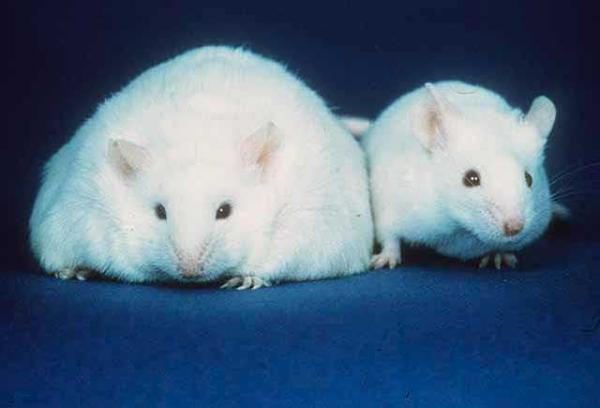Being tan has a slimming effect and makes people look and feel great. Well, turning fat brown can actually make people thin.
We have long known that there are two types of fat – white and brown. The white fat stores energy in the form of triglycerides whereas brown fat actually takes energy and turns it into heat. It is present in abundance in infants (to keep them warm) and decreases in prevalence as we age. Brown fat is richly supplied with capillaries and gets its color from the iron-laden mitochondria, providing oxygen and nutrients to surrounding tissues.
Researchers at Columbia University Medical Center and University of North Carolina have developed a skin patch that enables fat storing white cells to switch to fat burning brown cells. This will no doubt pique the interest of many folks given the tremendous prevalence of obesity.
The authors of this study state that their technology uses a degradable micro-needle patch loaded with nano-particles containing the experimental drug that is applied to the skin of mice. These patches are capable of sustained, painless, localized administration that promotes transformation of white adipose tissue into brown adipose tissue – a process known as "browning." Once applied, there was an increase in energy expenditure recorded with greater oxidation of fatty acids as well as body-weight control in obese mice and improved insulin-sensitivity.
"There are several clinically available drugs that promote browning, but all must be given as pills or injections," said study co-leader Li Qiang, PhD, assistant professor of pathology and cell biology at CUMC. "This exposes the whole body to the drugs, which can lead to side effects such as stomach upset, weight gain, and bone fractures. Our skin patch appears to alleviate these complications by delivering most drugs directly to fat tissue."
"The nanoparticles were designed to effectively hold the drug and then gradually collapse, releasing it into nearby tissue in a sustained way instead of spreading the drug throughout the body quickly," said patch designer and study co-leader Zhen Gu, PhD, associate professor of joint biomedical engineering at the University of North Carolina at Chapel Hill and North Carolina State University.
Two different compounds known to induce browning: rosiglitazone (Avandia - which is an oral diabetes drug), and beta-adrenergic receptor agonist (the active agent in asthma inhalers). The study was a four by four designed trial with treatment and control. In mice being treated, each one had two separate patches, one loaded with either Avandia or the beta-agonist, and one patch containing no drug. The control mice had two patches without any drug.
What researchers observed was a 20 percent fat reduction utilizing either of the two drugs and these results were similar in lean versus obese mice, improved fasting blood sugar and a 20 percent increase in energy consumption.
Obesity is one of the greatest contributors to morbidity and mortality globally. It is one of the strongest risk factors for developing heart disease and one out of every three Americans are considered obese. Just in healthcare costs alone, obesity accounts for up to $210 billion annually, not accounting for lost productivity. Needless to say, it is one of the most significant healthcare crises in the United States, and around the world.
Before we rush to cover ourselves in Avandia patches or spritz ourselves with asthma inhalers, one should recognize that what is observed in mice does not necessarily translate to humans. Additionally, though the authors argue that zapping subcutaneous fat will decrease one's risk for developing cardiovascular disease is misleading. It is visceral fat that is the danger to our health, not subcutaneous. Visceral fat surrounds our organs (can be present even in thin individuals) and releases pro-inflammatory substances such as cytokines, interleukins and tumor-necrosis factor. These, in turn, are what's truly responsible for insulin resistance, dysfunction of blood vessels walls and hardening of arteries (atherosclerosis).
Perhaps for aesthetics, it may not be so bad to slim out some of those love handles.




